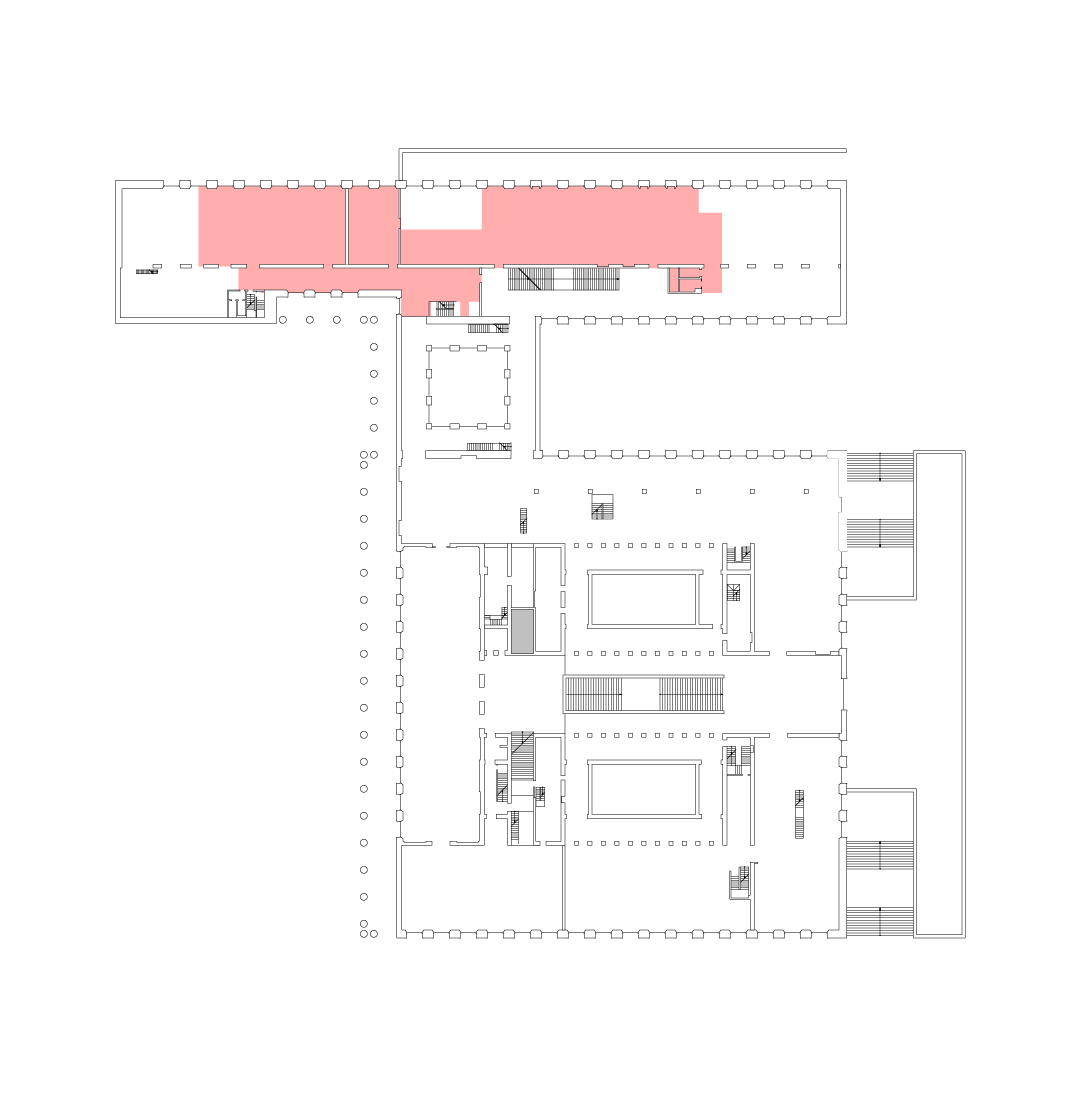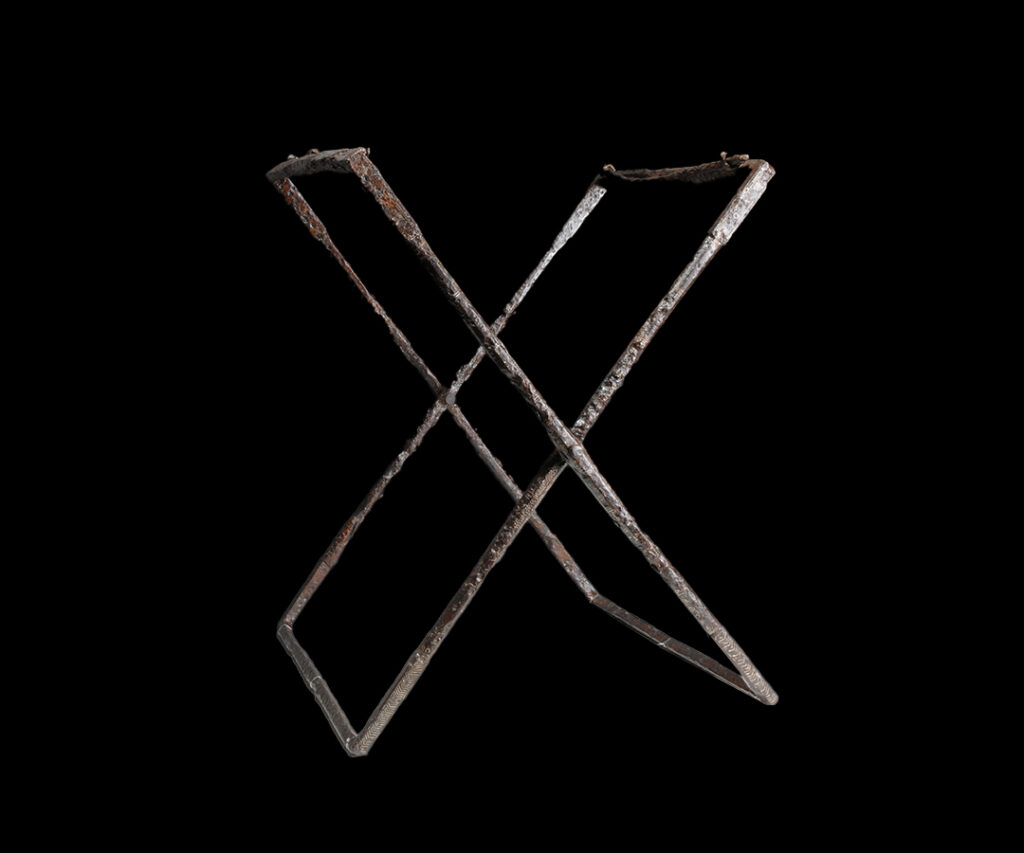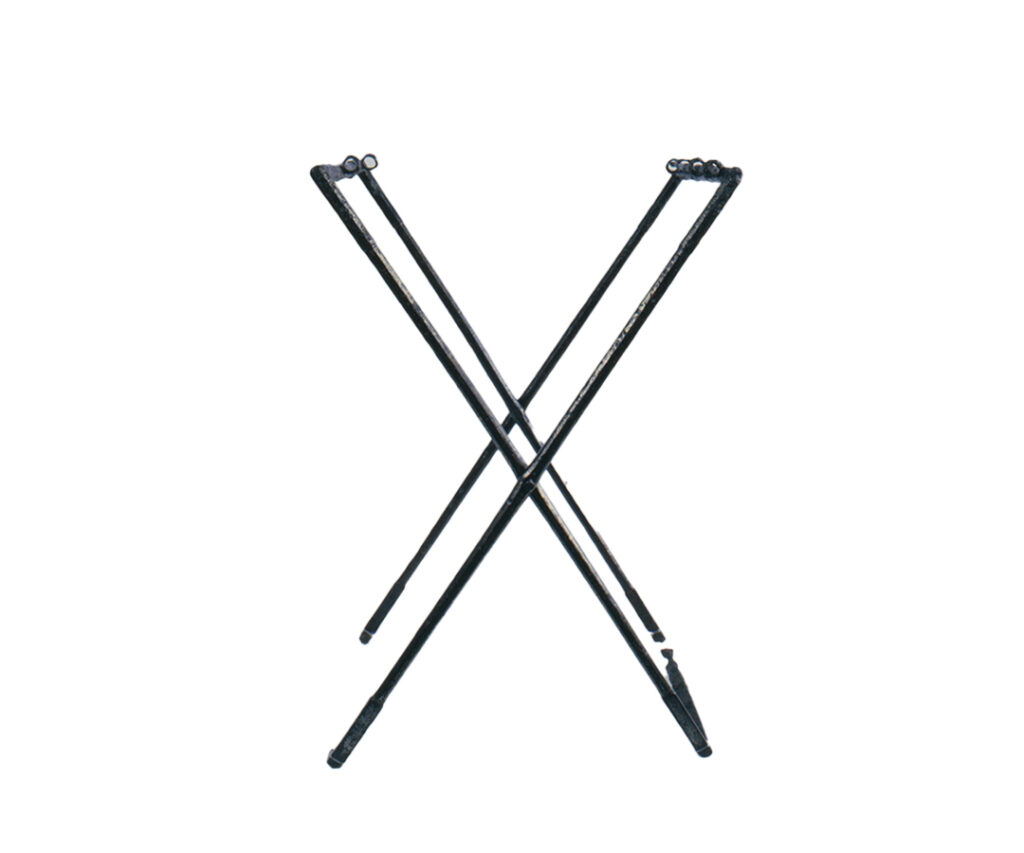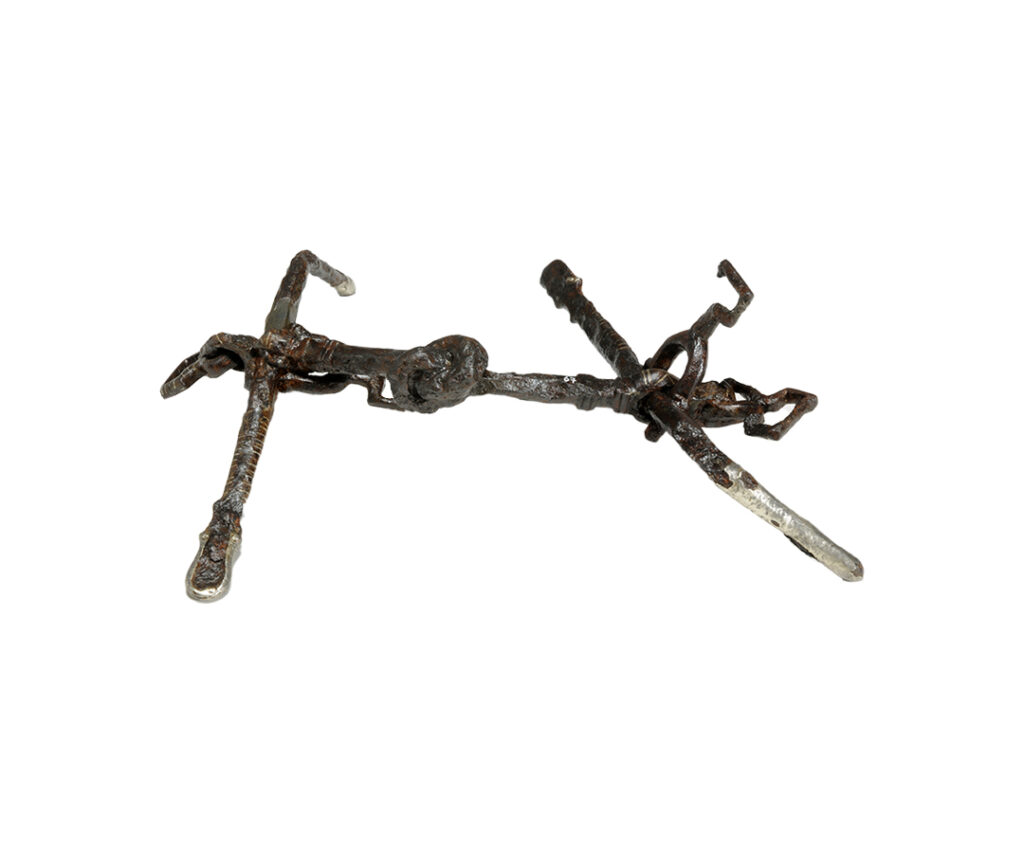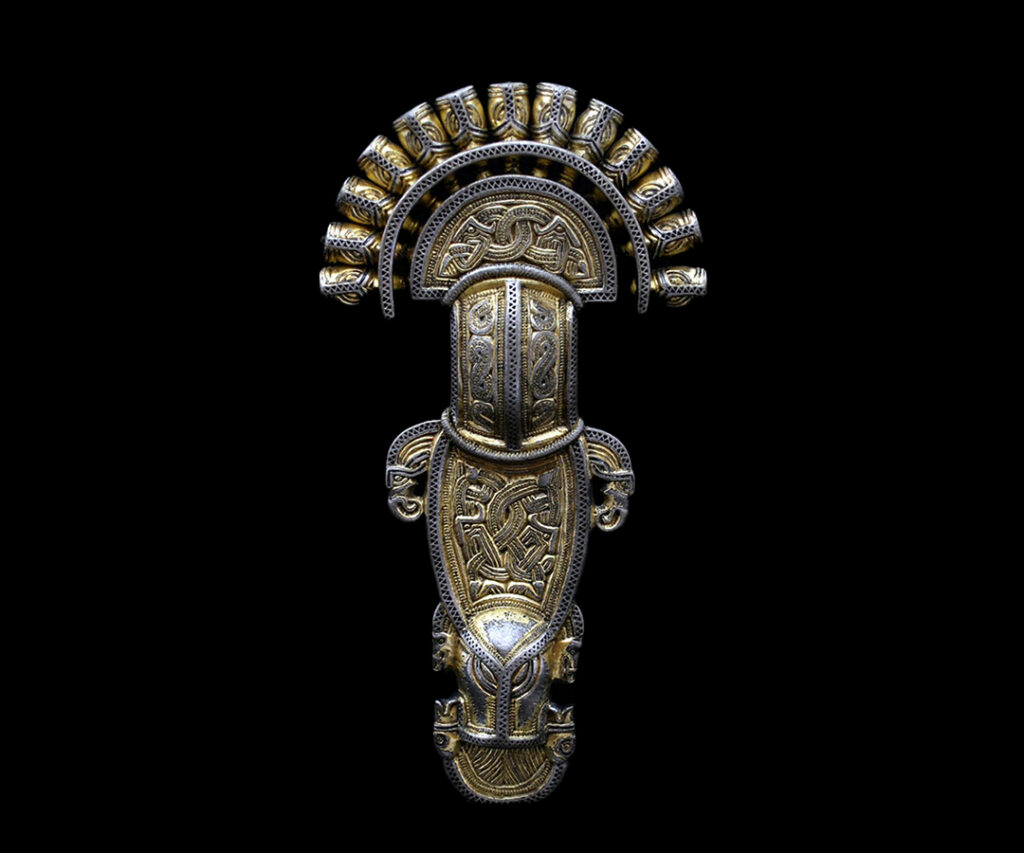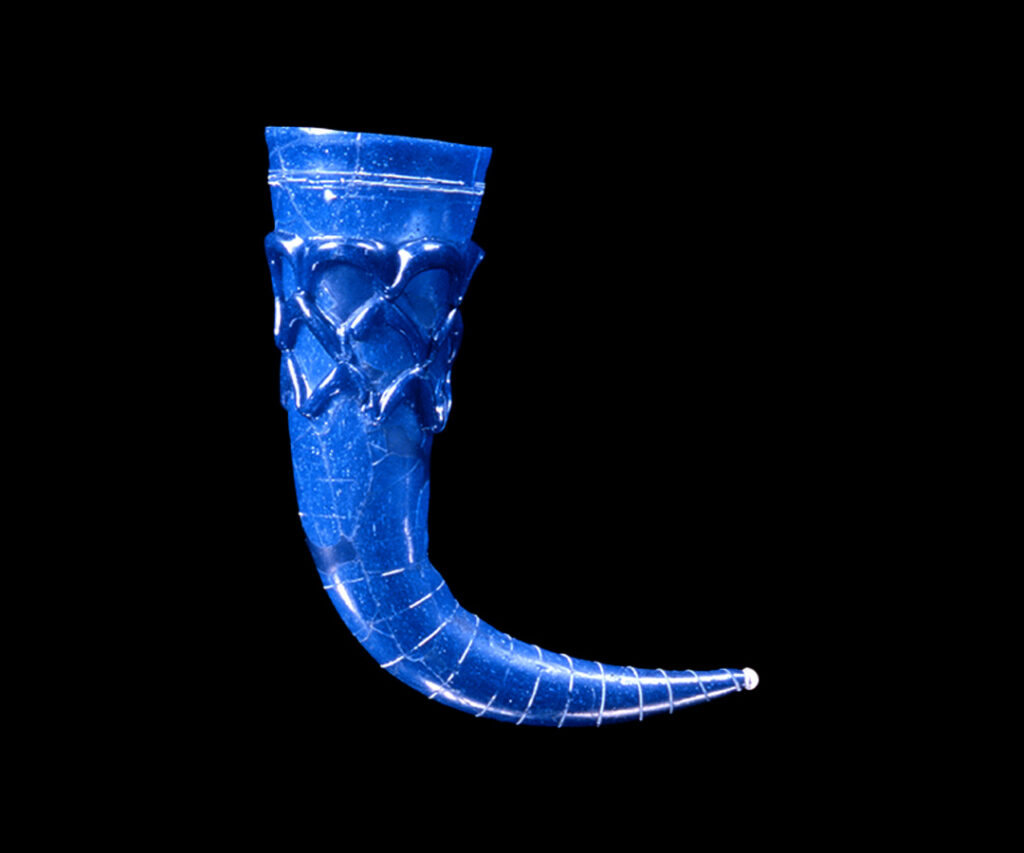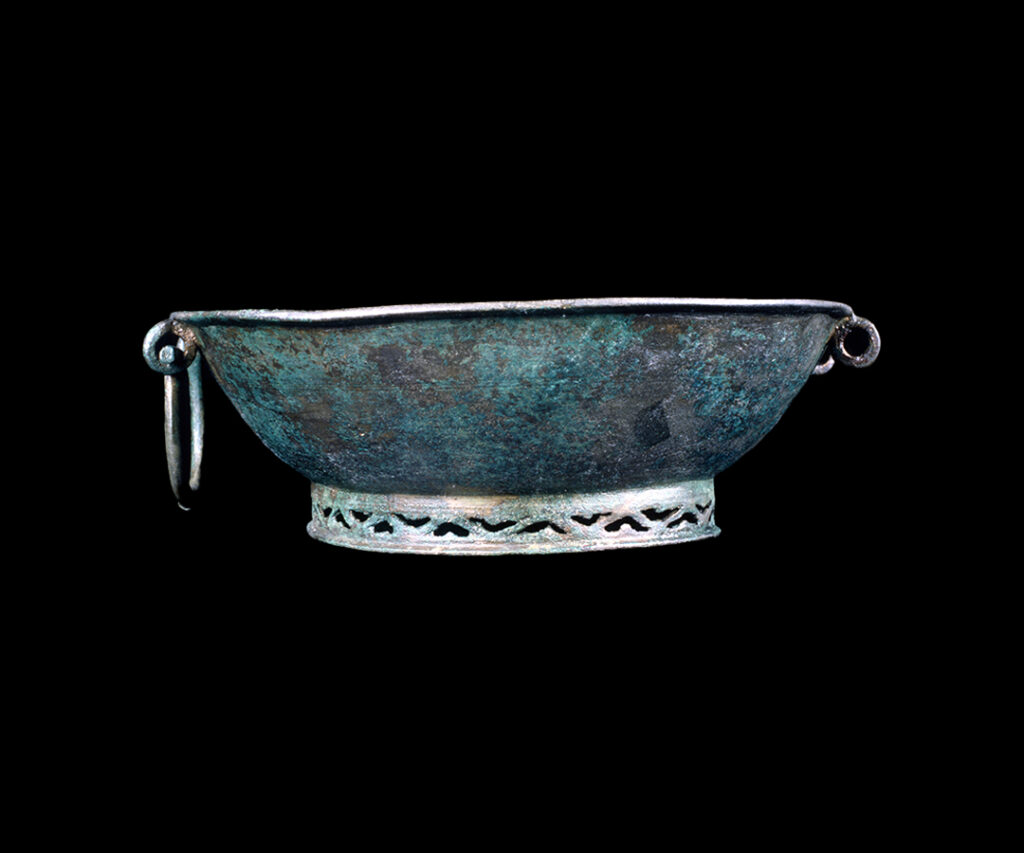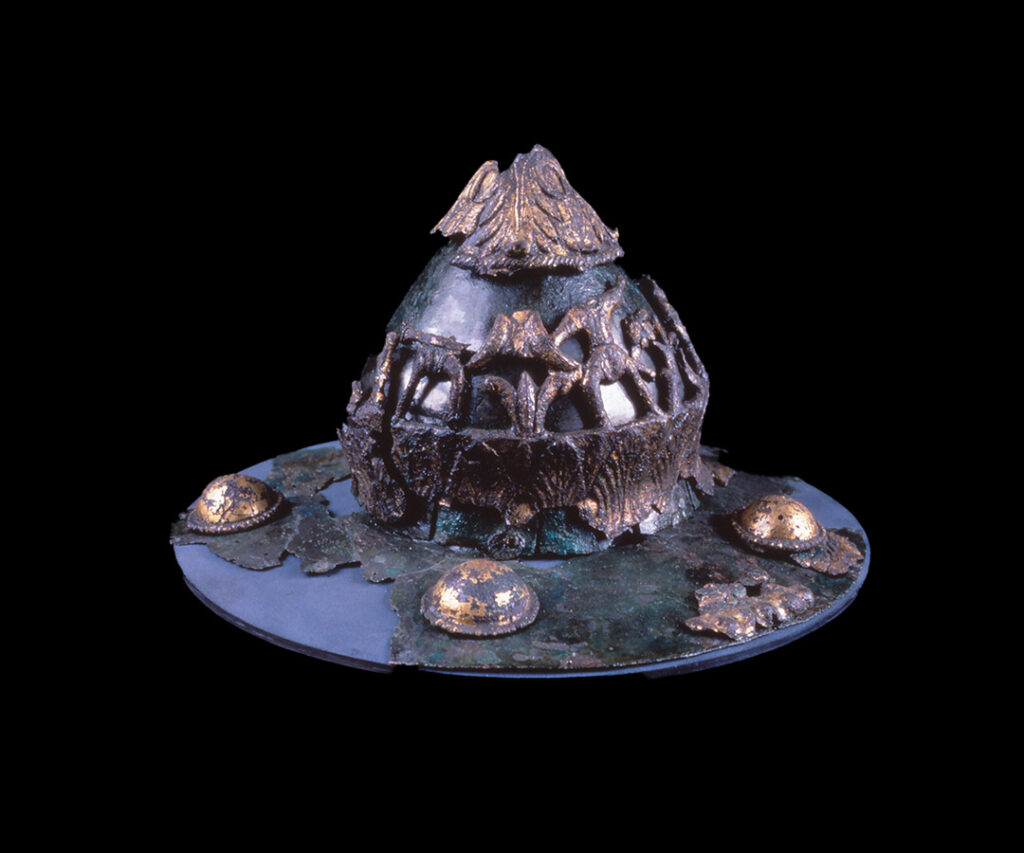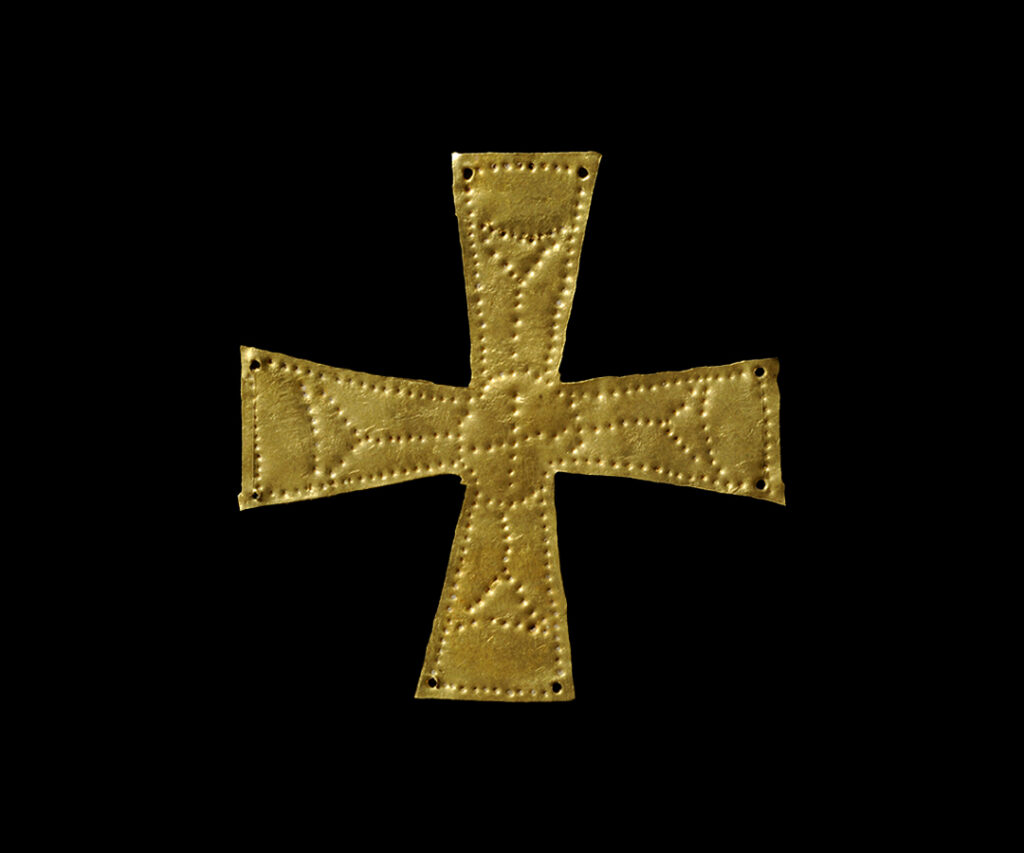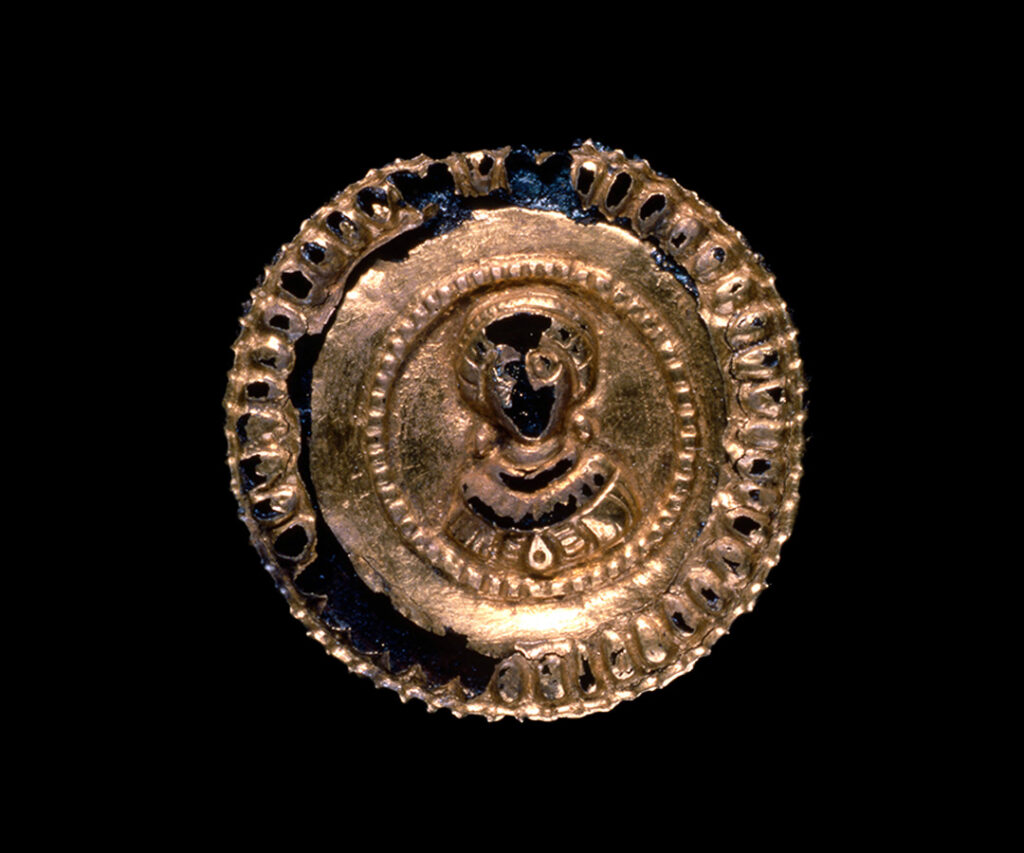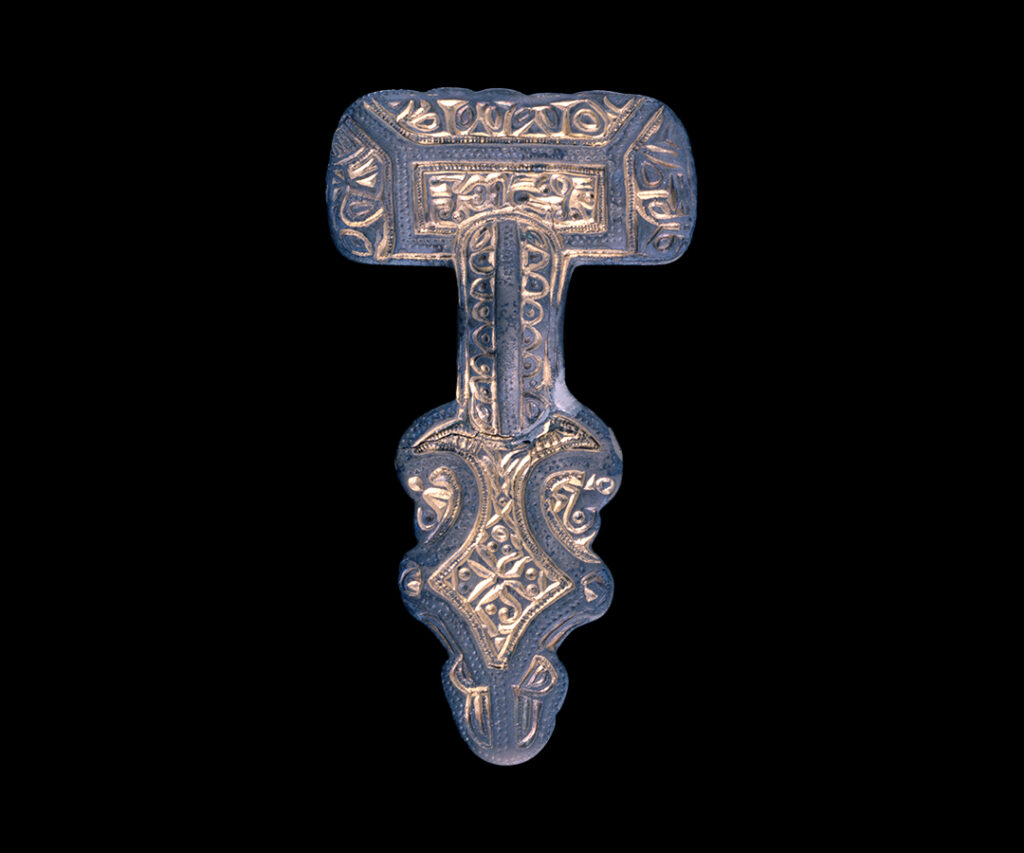The origins and history of the collections
Brought from the National Roman Museum in 1967 and displayed since then in the Palace of Sciences, the Collections of the Early Middle Ages consist of objects mostly from Rome and central Italy. Beginning with Late Antique Rome, the collections document the Longobard occupations of Umbria and the Marche. An important group of marble reliefs testifies to the later Carolingian age. Coptic reliefs and textiles offer significant examples of the artistic production of Late Antique and Early Medieval Egypt. The visit concludes with the extraordinary opus sectile surfaces in colored marbles that adorned the reception hall of a monumental domus just outside Porta Marina, at Ostia Antica.
In 2016, the Collections of the Early Middle Ages were merged with those of the Museum of Civilizations, where they are still the very active focus of scholarly research and collaborations with both local communities and the national and international academic spheres.
The Collections of the Early Middle Ages
The visit path flows through nine rooms:
- Hall I – Late Antique Rome (4th-6th century AD)
- Halls II-III – The Lombard necropolises of Nocera Umbra and Castel Trosino (late-6th to late-7th century)
- Halls IV-V – Marble reliefs of the Carolingian period (8th-9th centuries)
- Halls VI-VII – Early medieval settlements of the Roman countryside (8th-10th centuries)
- Hall VIII – Coptic fabrics (5th-9th centuries)
- Hall of the opus sectile of Porta Marina/li>
Late Antique Rome is represented by three imperial portrait busts, some votive and funerary epigraphs and a precious gold crossbow fibula with openwork decoration. This is followed by evidence of the Longobard occupations of Umbria and the Marche, in particular from two very important necropolises of central Italy (Nocera Umbra and Castel Trosino), with superb examples of weapons, jewelry, ivories, glass, bronze and ceramic vessels. The later Carolingian age is illustrated by an important group of marble reliefs from the decoration of churches in Rome and Lazio, executed during the Carolingian Renaissance of the 9th and10th centuries. Also from this period are the furnishings and objects of daily use from two farming settlements in the Roman countryside, the domusculte of Saints Cornelia and Rufina, created for supplies to the city under papal rule in the late 8th century, and persisting through the 10th century.
The visit continues with important examples of the artistic production of Late Antique and Early Medieval Egypt (5th-10th centuries) in the form of Coptic reliefs and textiles. The tour concludes with the full reconstruction of the walls and floors of the only complete room ever found with opus sectile decoration still largely intact, dating to the Late Antique. This spectacular work in in colored marbles adorned a room of a monumental domus outside Porta Marina, at Ostia Antica, discovered in 1959 and dated precisely to the late-4th century AD by the fortunate discovery of a bronze coin of Maximus (383-388 AD) in the bedding mortar of a wall panel portraying a lion.
From the collections
The informations contained in the captions are derived from historical documentation or cataloging and inventories that do not necessarily reflect complete or current knowledge on the part of the Museum of Civilizations. The progressive revision of the collections database is ongoing and will be constantly updated based on the research conducted and by activating comparisons and collaborations with external parties as well, with particular attention to provenance studies.
Archive under updating

